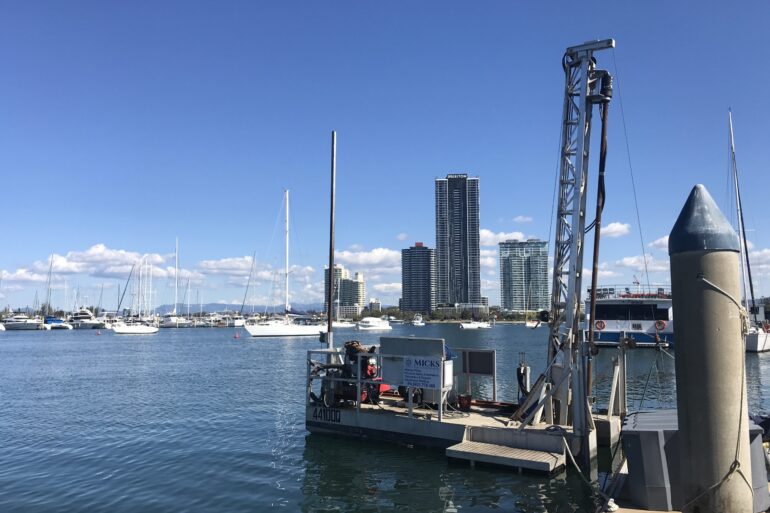
So, you’re interested in finding a floating pontoon for sale? Well, that’s great. You have made a sound decision in opting for a floating pontoon over a traditional fixed jetty. However, when looking at floating pontoons for sale, can you be able to tell if one is better than another? Do you know what to look for as a sign of quality? Can you determine if it’s the right choice for your needs? And, is it the correct type of floating pontoon for your waterfront location?
These are all questions you need to know the answer to before you can buy a floating pontoon on the Gold Coast. If you don’t know anything other than the fact that you want a floating pontoon, then continue reading this article. I will provide the ultimate checklist of what to look for when shopping around for a floating pontoon.
Type
Floating Jetties are available in various formats; the most common being piled floating pontoons, cabled floating pontoons, and strut floating pontoons. You will find each type for sale on the Gold Coast.
Piled floating pontoons rely on large piles to hold the pontoon in place and are best suited for rougher waterways. Cabled floating pontoons use cables to stabilise and fix it in position and are suitable for calm, sheltered waterways. Strut floating pontoons use aluminium struts and cables to moor the pontoon in place and are suited to more placid waterways also.
Application
What you intend to use the floating pontoon for will determine the type and size that you require. If you intend to use the pontoon for fishing or leisure activities non-vessel related, then a smaller pontoon will be adequate. However, if you want to use the pontoon to dock a boat, then it will need to be large enough to moor your vessel.
Size
When looking at the size of a floating pontoon, you need to take into consideration what you will be using the pontoon for and if you intend to dry berth your boat, jet ski or PWC.
It is important to note that the Gold Coast Waterways Authority (GCWA) requires a minimum of 1.5m clearance between the pontoon and a property’s side boundaries.
In terms of the size of the pontoon, for dry berths, I recommend you look for a minimum size of 3.6m (w) and 8m (l). This will allow room for you to move around your vessel as it is berthed. For wet berths, a minimum size of 2.5m (w) and 8m (l) is recommended.
Accessories
Various marine accessories are available for floating pontoons that extend their functionality. A standard floating jetting does not provide a dry berth docking system, and therefore one must be purchased in addition to the pontoon itself. Likewise, if you intend to fish off your pontoon, you may wish to add a fish cleaning station and a hose reel stand. Such accessories and more can be provided by Micks Marine Maintenance in addition to the floating pontoons we have for sale.
Conclusion
When looking at floating pontoons for sale, it is essential to find the right one for your needs, your vessel, and also, your property. To do so, you need to know which type of floating pontoon is best suited to your waterfront, what your intended use is, what size pontoon you need (and are allowed), and also what accessories you need to facilitate your needs.
Once you know the type, application, size, and accessories needed, then you can comfortably purchase a pontoon with piece fo mind. However, if you’d prefer an expert do this for you, then get in touch with Micks Marine Maintenance. As one of the leading floating pontoon specialists on the Gold Coast, we have the experience and knowledge to review your circumstances and provide you with a quote for the best solution for your requirements. Call 0431 778 468 today and see how our prices compare with other floating pontoons for sale on the Gold Coast.